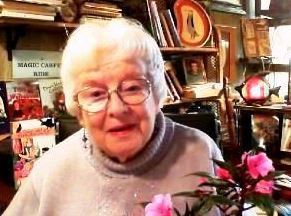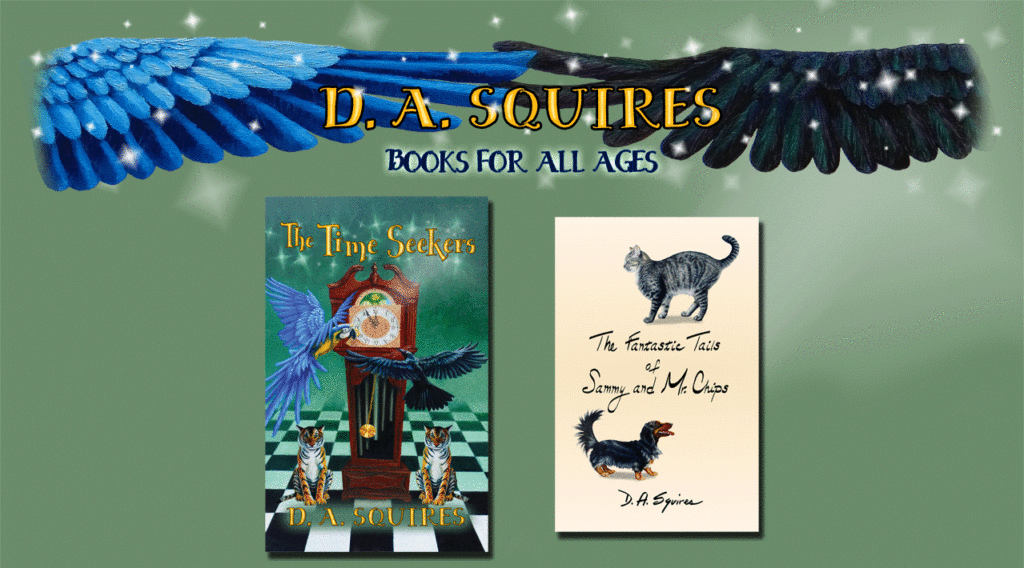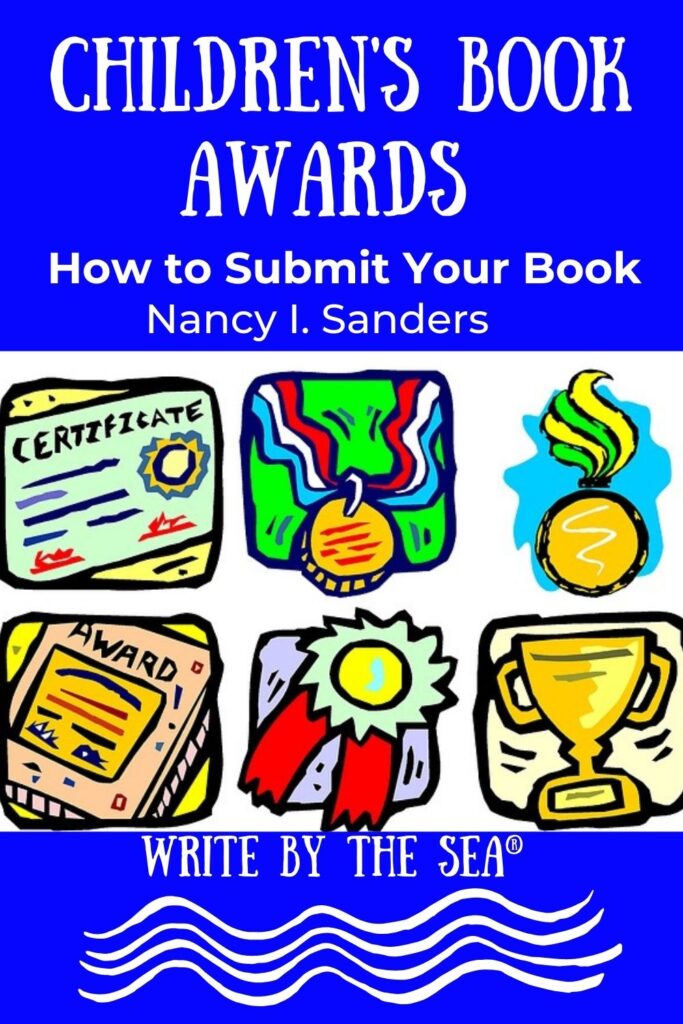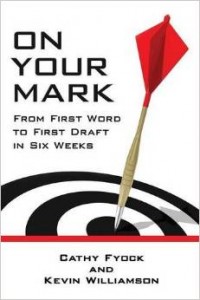by Suzanne Lieurance
If you don’t know children’s author Margot Finke, or her books, you’ve been missing out.
Recently I interviewed Margot, and this interview can serve as your introduction to Margot’s Magic!

Suzanne Lieurance: Margot, please tell us a little bit about yourself as an author. How did you get started writing for children? How many books have you written? What is your most recent published book? How did it come about?
Margot Finke: I grew up Down Under, in the state of Queensland, married an American from New York, and settled in Oregon. When our three kids were in school, I became a Teacher’s Aide. I began telling stories about the unique Aussie animals to second-graders. The teacher told me I should write them down. The rest is Picture Book History, with five or six assorted mid-grades added over the years. My latest MG is “Daisy and Bartholomew Q.” – a wild Fantasy adventure inside Daisy’s Thesaurus. My latest PB is “Oscar is Different,” about a Tasmanian Devil without friends.
SL: Do you have any kind of process you use regularly to come up with ideas for stories and books?
MF: Seems that for me, going to bed is the ideal way of thinking up plots and characters. As soon as I turn off the light, and my head hits the pillow, story ideas pop into my head. Unless I sneak into the bathroom and write them all down (pad and pencil there, at the ready), I will never get to sleep!
SL: What is the hardest part (for you) of writing a children’s book?
MF: Writing for me comes easily, especially in rhyme. I received a double-dose of the rhyme and meter gene!! Promotion is the most “time stealing,” and difficult part of writing any book. Yet you need sales if you want kids to read your books. Few publishers today offer much Promo help or guidance. This is where connections in online writing and promo lists are invaluable. Join groups that are helpful in the areas you need to learn more about and pick the brains of their members.
SL: What do you think are your greatest strengths as a writer?
MF: Hmmm . . . I like to paint word pictures in young reader’s heads. This requires using powerful and evocative words, plus tight writing. I keep it simple for picture books. Leave small details to the illustrator. A good pace and focus are mandatory for all my manuscripts + an ending that ties up any loose ends.
SL: When you are going to write a book, how much planning do you do ahead of time? For example, do you make a complete outline of the book? For longer books, do you interview your characters or create character profiles to get to know them better?
MF: I am a Panster! – especially when working on books for young teens. Getting that first page just right is vital. Can’t count the times I rework that first page. The rest comes to me as I go along, with lots of in-bed nighttime help, and bathroom scribbling. But this is just me. There is no right way! Whatever gets your juices flowing and your plot moving? NOTE: Knowing when to “cut” that long description, where to UP the pace, and how to create a powerful voice, is all something that comes with practice, peer review, and time. A great Critique group can be most helpful and supportive.
SL: Voice is very important in children’s books. Do you have any tips for creating strong character voices?
MF: For toddlers and the very young, a few words, redolent with meaning, is all you need. For this group, the illustrations are more important. They help littlies learn the words. One or two characters only – or numbers or letter identifications. Preschool and older love simple tales that end happily. Animal characters or kids they can identify with also work well. A character who leads with good vibes and honesty shows strength. Kids love actions that defeat a bully or bad guy.
SL: You often write in rhyme, yet many writers have trouble writing in rhyme. Do you have any tips?
MF: I was blessed with the rhyming gene – in spades! It comes naturally to me.
* Rhyming end-words must move the story along.
*Use an online rhyming Thesaurus.
* Counting the word syllables in each line can help smooth the meter – but this is not perfect. *Rhyming PBs must also have great characters and a fun story.
* All PBs – fewer than 1,000 words + roughly 10 illus.
The younger the child the fewer words needed.
Toddlers approx 300 or less.
** Dori Chaconis’s “Icing on the Cake” is the best tutorial I know for Rhyme and Meter. SL: What do you think are the most common mistakes made by new children’s writers?
MF: Most newcomers to children’s writing (for all ages, really) OVERWRITE. Waffling on is a big NO-NO! “Please leave your waffles in the kitchen, with your toast and coffee, where they belong!” PLUS a pet adjective they repeat way too often!
Secrets of Writing for Children offers advice and guidance for new writers, or first-time writers of books for kids.
SL: Do you still offer critique services for children’s writers? If so, please tell us about that. MF: Yes, I do.
My Content Edits make sure that your Plot, Characters, Voice, Pace, and Writing, are Tight and Terrific.
My Writing Guidance helps newcomers find the path to publication.
Readers can Email me for a FREE First Page evaluation – mfinke@frontier.com
Read My MUSINGS – on Harold Underdown’s Purple Crayon.
You’ll also find me on Facebook – Twitter – Linkedin – Alignable.
SL: Where can people find out more about you and all your wonderful books?





